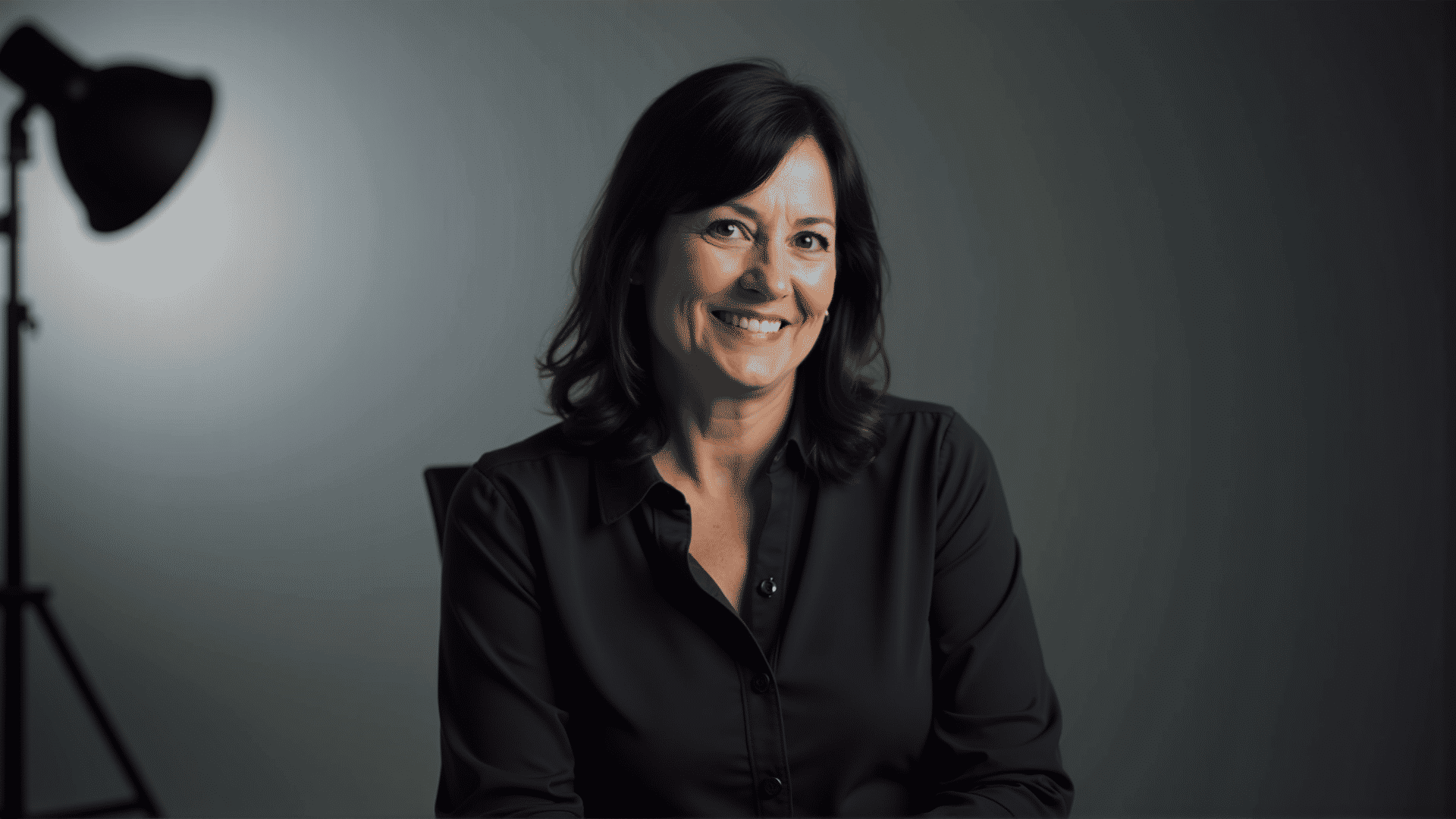Capturing stunning portraits is an art that goes beyond just the camera and the subject—it involves mastering the delicate interplay of light and shadow. Whether you're a professional or an enthusiast, understanding and utilizing the right lighting techniques can significantly elevate the quality of your portraits. Here's a look at various lighting strategies and how they can be employed to create compelling portraits.
Natural Light Wonders
Natural light can be an incredibly effective tool in portrait photography. The softness and subtlety of natural illumination are perfect for creating authentic, lifelike images. Shooting outdoors during the golden hours—shortly after sunrise and before sunset—provides warm, even light that enhances skin tones beautifully.
When shooting indoors, position your subject near a window to harness natural light. A north-facing window provides consistent, soft light that can create stunning portraits without the harshness of direct sunlight. Use curtains or sheer blinds to diffuse the light further for a more gentle effect.
Classic Studio Setups
For those with access to studio lights, the options are vast. The three-point lighting setup is a classic approach, involving a key light, fill light, and backlight. The key light is your primary source, illuminating the subject. The fill light counteracts shadows cast by the key light, while the backlight separates the subject from the background, adding depth.
Experimenting with light positioning can dramatically alter the mood. Lowering the key light may result in a more somber portrait with pronounced shadows, while raising it can add a sense of openness and clarity.
Mastering Off-Camera Lighting
Off-camera lighting provides greater control over the way shadows fall, allowing for creative expressions in portrait photography. Light stands, flashguns, and modifiers like umbrellas or softboxes can shape lighting according to your vision.
Bounce flash is another excellent technique. By directing the light towards a reflective surface such as a wall or a ceiling, the light is diffused gently across the subject. This method reduces harsh shadows and creates a more flattering appearance.
Creating Mood with Illumination
The mood of a portrait can be significantly influenced by lighting. Low-key lighting creates dramatic, mysterious portraits by using focused light on the subject, leaving the background in shadow. High-key lighting, on the other hand, is bright and even, eliminating most shadows and delivering a clean, optimistic feel.
Experimenting with color gels can add a unique flair to the portraits by casting colored light on the subject or background. This technique can evoke a range of emotions and lead to visually intriguing results.
Practical Tips
-
Reflectors: Use them to bounce light and fill in shadows. A simple white board or a commercial reflector can help achieve the desired effect.
-
Continuous Lighting Options: These allow you to see the effects of lighting on your subject in real-time, making adjustments easier.
-
Background Consideration: Ensure your background does not absorb or reflect excess light, as it can result in undesirable effects or color casts on your portrait.
-
Stay Creative: Don’t hesitate to break conventional rules. Sometimes, unconventional lighting can lead to the most memorable portraits.
Mastering lighting in portrait photography takes time, experimentation, and keen observation. By understanding and practicing these techniques, you can bring your subjects to life, capturing the essence of their personality with each portrait.
